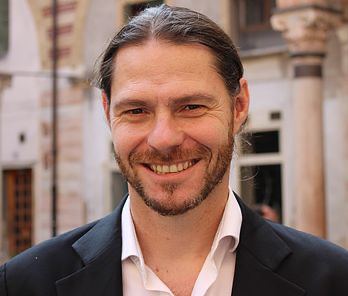Can theoretical physics help discover drugs for untreatable diseases?
by
Aula Caianiello
Dipartimento di Fisica Ettore Pancini
Summary
 Can advanced mathematical methods originally developed within theoretical subatomic physics be exported to study dynamics of complex biomolecules? Can these new tools pave the way to envisioning new therapeutic strategies for currently untreatable pathologies? What do new or emerging technologies such as Machine Learning and Quantum Computation have to offer in this endeavour?
Can advanced mathematical methods originally developed within theoretical subatomic physics be exported to study dynamics of complex biomolecules? Can these new tools pave the way to envisioning new therapeutic strategies for currently untreatable pathologies? What do new or emerging technologies such as Machine Learning and Quantum Computation have to offer in this endeavour?
In this talk, I will tackle these questions. First, I will discuss how path integral based algorithms developed in our group have made it possible predict the folding pathways of many biologically relevant proteins, using realistic all-atom force fields Based on this technological advancement, we proposed an entirely new paradigm for drug discovery named Pharmacological Protein Inactivation by Folding Intermediate Targeting (PPI-FIT), based on finding small molecules that can hinder the protein folding process. Using the PPI-FIT paradigm, we have discovered a molecule that can selectively modulate the cellular expression of the human prion protein, which is involved in several fatal neurodegenerative diseases and for which conventional methods have been largely ineffective. An experiment is planned for 2022 in in International Space Station, to exploit microgravity conditions to attempt the crystallization of partially folded PrP proteins in complex with one of the small molecules discovered using PPI-FIT.
Enlarging the range of applicability of our simulation schemes to a larger class of biomolecular transitions is not trivial, expecially when it is not possible to rely on experiments to obtain atomistic structural information about the energetically stable conformation.
In the last part of this talk, we report on our recent attempts to overcome this limitation based on integrating path integral methods with machine learning and quantum computations.
Zoom link:
https://cern.zoom.us/j/68191149266?pwd=cGd3V0NiZ0c3R2ZoSjZBRkFzelhtdz09